Speaking to reporters of the People's Army Newspaper, Colonel Pham Thanh Trung, Deputy Director of the Military Technical Institute, emphasized: In the context of the Fourth Industrial Revolution and the need to modernize the Army, the Institute is setting a big goal of mastering the design of combat ships, unmanned combat vehicles, and high-tech fields that require complex system integration.
Affirming the leading role in research and design of military ships
 |
| Colonel Pham Thanh Trung. |
Reporter (PV):
Colonel Pham Thanh Trung: Military Engineering is a special field, integrating many specialties, such as: Ship hull, ship engine, ship electricity, ship equipment mechanics, weapons and equipment in a very complex ship complex. In recent years, it can be affirmed that the Military Engineering Institute has made a good breakthrough in improving the capacity of researching and designing military ships, focusing on combat ships, creating effective coordination between many sectors and units. In the period of 2020-2025 alone, the Institute carried out 31 tasks of designing, building, converting, and modernizing military ships with a total of 107 ships and boats, equipped for units inside and outside the Army; and carried out the design and construction of 9 ships. Some typical ship models include: VDN-150 multi-purpose transport ship, Standing Militia Squadron ship, 550-ton landing transport ship, 3,000-ton oil tanker, reconnaissance ship, high-speed patrol boat... and a number of other military support ships with many modern features.
Notably, the Institute has become the first unit to successfully research, design, manufacture and test unmanned vessels (USV). Scientific research and manufacturing of technically guaranteed products have also been implemented with attention. Starting with simple functional detail clusters, up to now, the Institute of Military Technical and Engineering has successfully manufactured many high-tech, systematic, integrated products that have been applied very quickly and effectively in practice, such as the whole ship monitoring system, the tank compartment flooding warning system, etc.
Promoting the role of chief engineer in national defense modernization
PV:
Colonel Pham Thanh Trung: The Institute has identified its main goal as mastering the design and system integration of a number of modern combat ships - a field that only very few countries in the world can currently do, due to the very high requirements for investment, facilities and a team of highly specialized staff. Another important direction of the Institute is to focus on researching, designing and manufacturing unmanned combat vehicles on the surface and under the surface of the water - a type of modern weapons and technical equipment that has proven its effectiveness through recent conflicts.
However, to achieve the above goals, it requires close and synchronous coordination of many units and fields. The Institute will take on the role of the leading unit in organizing and implementing research and design, and at the same time coordinate with other specialized agencies and organizations (for some fields that are not the Institute's strengths) to effectively implement the tasks. In that context, Resolution No. 57-NQ/TW and new guidelines and policies of the Party and State, the Central Military Commission, the Ministry of National Defense, and the General Department of Defense Industry on science and technology development, innovation and digital transformation are expected to create an important foundation to help the Institute implement the above major orientations. The mechanisms and policies proposed in the resolution not only expand investment resources, enhance connectivity between research institutes, businesses and training institutions, but also allow for piloting and applying new technology models, encouraging innovation... This is the necessary condition for units such as the Institute of Military Technical Research to proactively approach, master and gradually develop modern weapons and technical equipment systems, suitable for the current trend of high-tech warfare.
 |
| Officers and researchers of the Military Ship Design Institute discuss ship design options. |
PV:
Colonel Pham Thanh Trung: The biggest challenge today is the shortage of highly qualified staff and engineers, while the workload is increasing, with many tasks being particularly difficult and unexpected. In addition, the increasing conflict situation in the world leads to a trend of countries becoming technologically isolated, affecting access to and transfer of technology.
PV:
Colonel Pham Thanh Trung: The Party, the State, the Central Military Commission, the Ministry of National Defense, and the General Department of Defense Industry always pay attention to and promote the development of science and technology and its application in defense production. However, in the face of new requirements, it is necessary to continue reviewing and perfecting regulations and policies to remove barriers and create a favorable legal corridor for research and application of science and technology.
In addition, there needs to be a systematic investment strategy with focus and key points, avoiding widespread investment when there are not enough resources in terms of human resources and infrastructure. Attention should also be paid to caring for the lives and preferential policies for the research staff, especially those with outstanding abilities, to retain and develop talent.
PV: Accepting risks in scientific research is necessary, but how do you think this policy can be exploited?
Colonel Pham Thanh Trung: Accepting risks in scientific research, with control mechanisms, is a necessary policy to encourage scientists to dare to think big, dare to do big, creating opportunities for breakthrough products to appear.
However, for the policy to be effective and not exploited, it is important to be transparent in the implementation process, avoiding the situation where only a small group has information and handles it themselves when problems arise. At the same time, there needs to be a mechanism to monitor progress and evaluate the substance during the research process, not just wait until acceptance. In other words, it is necessary to control from the beginning, control in the middle, to evaluate feasibility and decide to continue or adjust accordingly.
PV:
GIA MINH - SANG DUNG (performed)
Source: https://www.qdnd.vn/quoc-phong-an-ninh/xay-dung-quan-doi/khuyen-khich-nguoi-lam-khoa-hoc-dam-nghi-lon-dam-lam-lon-840664




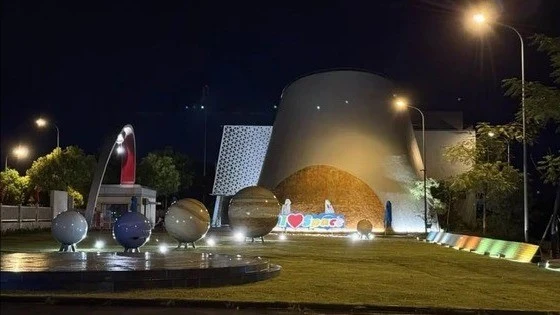
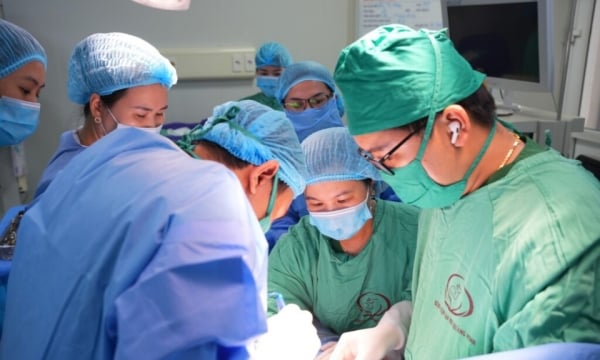

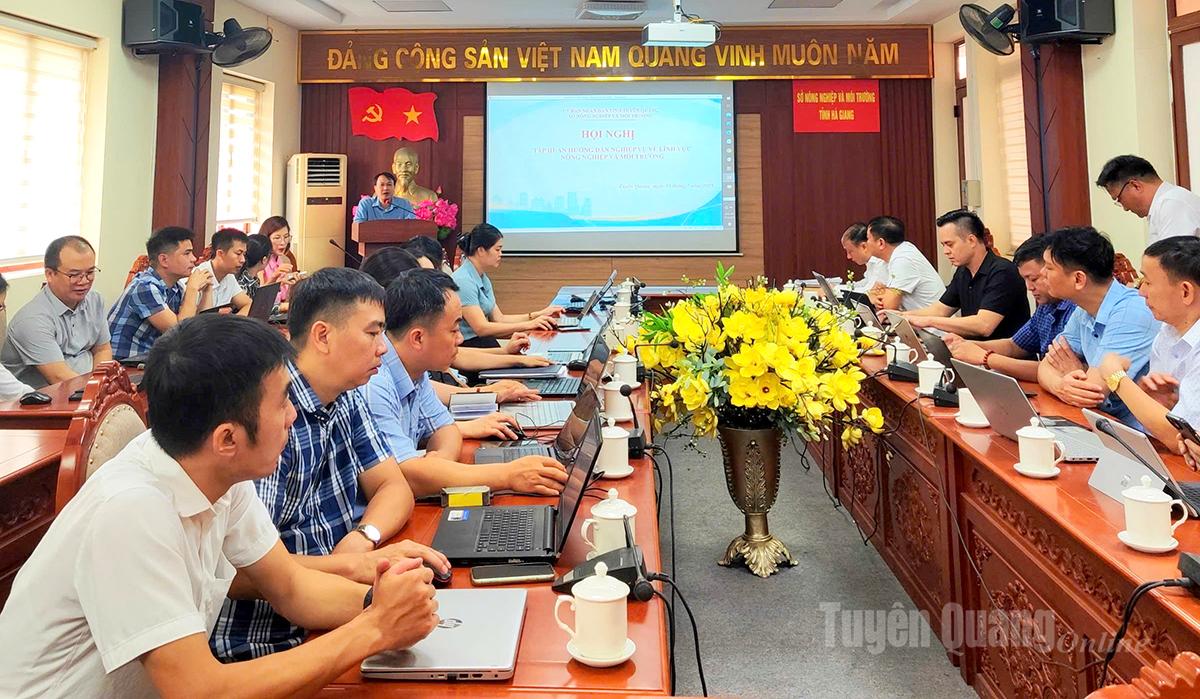
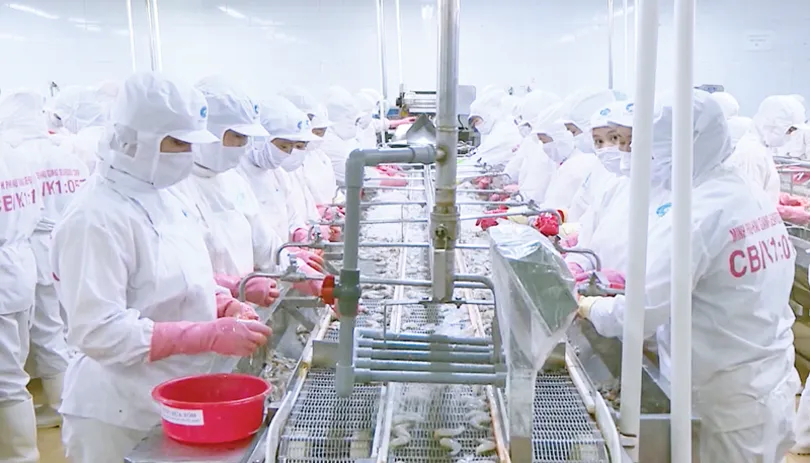
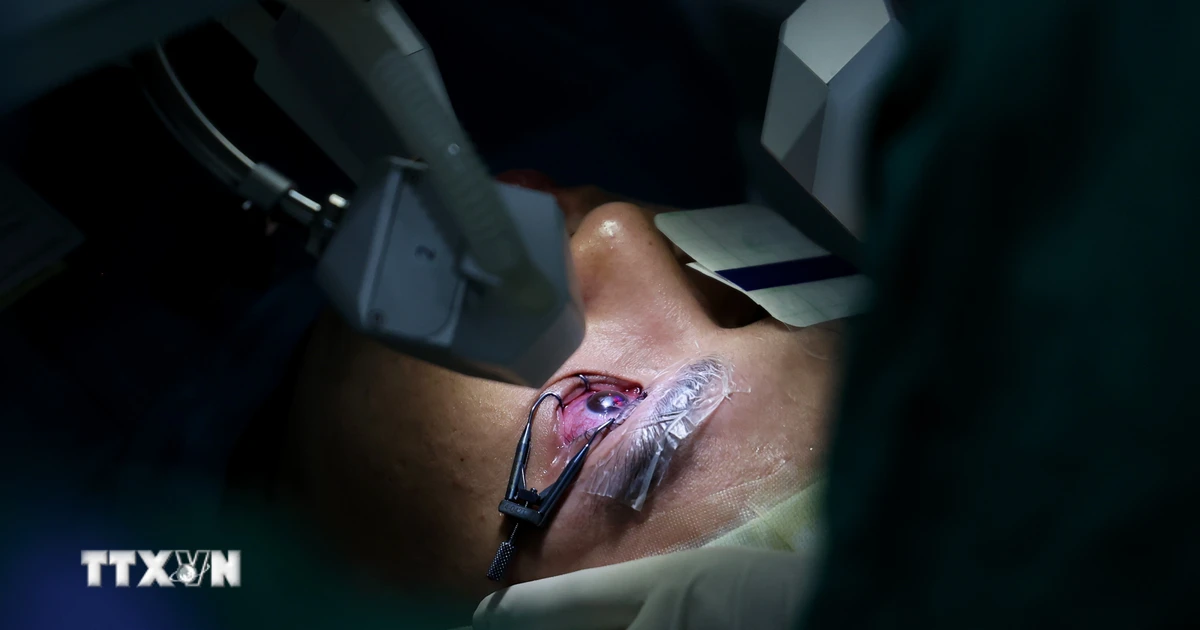

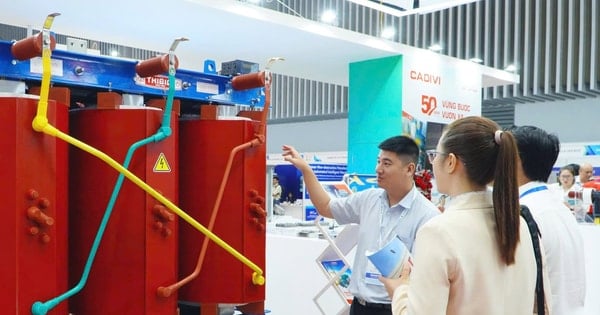
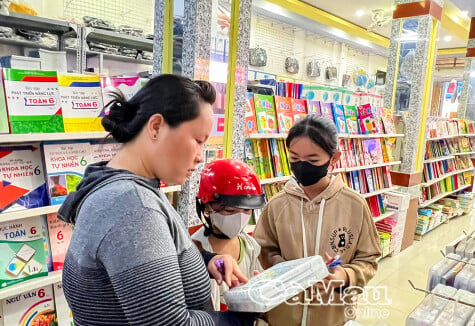











![[Photo] An Phu intersection project connecting Ho Chi Minh City-Long Thanh-Dau Giay expressway behind schedule](https://vstatic.vietnam.vn/vietnam/resource/IMAGE/2025/8/21/1ad80e9dd8944150bb72e6c49ecc7e08)







































![[Photo] Politburo works with the Standing Committee of Hanoi Party Committee and Ho Chi Minh City Party Committee](https://vstatic.vietnam.vn/vietnam/resource/IMAGE/2025/8/21/4f3460337a6045e7847d50d38704355d)

































Comment (0)